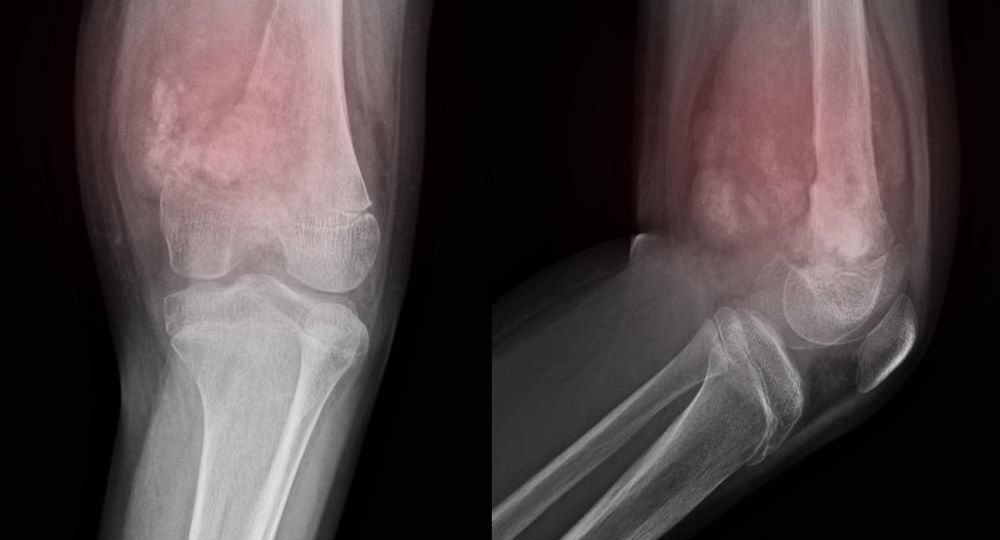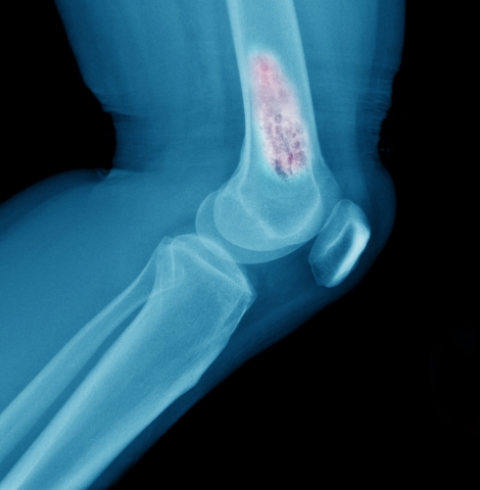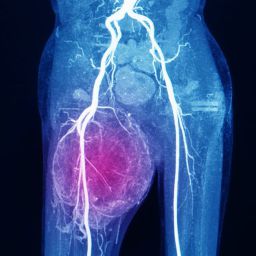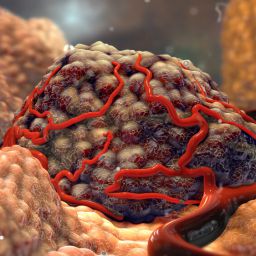
1. Epidemiology of Pediatric Soft Tissue Cancer
Soft tissue cancers in children are relatively uncommon, accounting for about 7% to 10% of all childhood cancers. Despite their rarity, these cancers are diverse and can affect any part of the body. The most common types of soft tissue sarcomas in pediatric populations include rhabdomyosarcoma, synovial sarcoma, and fibrosarcoma, among others. While adult soft tissue cancers tend to occur in older individuals, pediatric soft tissue sarcomas most commonly affect children between the ages of 2 and 10 years, with a notable peak incidence between 5 and 9 years.
The risk of developing soft tissue sarcoma may be higher in children with certain inherited genetic conditions, such as Li-Fraumeni syndrome, neurofibromatosis type 1, and Rothmund-Thomson syndrome. These genetic predispositions increase the likelihood of malignant tumors developing at an earlier age. However, most cases of pediatric soft tissue cancers occur in children with no known family history of cancer.
2. Common Types of Soft Tissue Cancer in Children
Several types of soft tissue sarcomas are observed in children, each with distinct biological behaviors, clinical manifestations, and treatment responses. The most common types include:
A. Rhabdomyosarcoma (RMS)
Rhabdomyosarcoma is the most common type of soft tissue sarcoma in children, representing approximately 40% of all pediatric soft tissue cancers. It arises from skeletal muscle cells and can occur anywhere in the body, though it most commonly affects the head and neck, urinary tract, and extremities. There are two main subtypes of rhabdomyosarcoma:

- Embryonal Rhabdomyosarcoma: This subtype is more common in younger children and tends to be located in the head and neck or genitourinary region.
- Alveolar Rhabdomyosarcoma: More common in older children and adolescents, alveolar rhabdomyosarcoma is typically found in the extremities or trunk.
Rhabdomyosarcoma has a variable prognosis depending on the location, size, and extent of metastasis at the time of diagnosis. Early diagnosis and treatment are crucial for improving the chances of successful outcomes.
B. Synovial Sarcoma
Synovial sarcoma is another type of soft tissue cancer that affects children, although it is more common in adolescents and young adults. It typically develops near joints, such as in the legs, arms, or chest, and arises from the cells lining synovial membranes, which produce synovial fluid. Despite its name, synovial sarcoma does not always occur in synovial tissues but can develop in other soft tissues.
Synovial sarcoma is aggressive and has a high tendency to metastasize, particularly to the lungs and lymph nodes. However, with appropriate treatment, the prognosis can improve, especially in localized cases that have not spread at the time of diagnosis.
C. Fibrosarcoma
Fibrosarcoma is a malignant tumor that originates from fibrous tissue and is less common in children than rhabdomyosarcoma. It typically arises in the limbs or trunk and can be either primary (originating in the affected area) or secondary (following a previous trauma or surgery). This cancer can grow rapidly and invade surrounding tissues, making early diagnosis and intervention critical for optimal outcomes.
D. Liposarcoma
Liposarcoma, a cancer that develops in the fat cells, is rare in children but can occur, particularly in adolescents. It may develop in the limbs, abdomen, or retroperitoneum. Liposarcomas are often characterized by their slow growth, but they can spread to other areas, including the lungs.
3. Clinical Presentation and Diagnosis
The clinical presentation of soft tissue cancer in children depends on the location and size of the tumor. The symptoms may vary widely, from painless lumps or swelling to more severe symptoms like pain, limited movement, or organ dysfunction.

A. Symptoms
- Lumps or Masses: A painless or tender lump in the affected area is the most common presenting symptom, particularly in the limbs or trunk.
- Pain: Pain may occur if the tumor compresses nerves or muscles, or in advanced cases when the cancer invades nearby tissues.
- Functional Limitations: Tumors located near joints or the spinal cord can restrict movement, causing difficulty in walking or using the affected limb.
- Fatigue and Weight Loss: Advanced cases of soft tissue cancer may cause systemic symptoms like unexplained fatigue, weight loss, and fever, which may suggest metastasis.
Given the non-specific nature of many symptoms, pediatric soft tissue cancers can often be mistaken for benign conditions or other common pediatric diseases. This makes early and accurate diagnosis crucial to improving survival outcomes.
B. Diagnostic Techniques
A combination of imaging studies, biopsy, and laboratory tests are essential in diagnosing soft tissue cancers in children:
- Imaging: X-rays, ultrasound, MRI, and CT scans help identify the location, size, and spread of the tumor. MRI is particularly useful for soft tissue tumors due to its ability to provide detailed images of soft tissues and assess the extent of tumor involvement.
- Biopsy: A biopsy is required to confirm the diagnosis. A tissue sample is extracted from the tumor and analyzed for the presence of cancerous cells. The biopsy type (needle, incisional, or excisional) depends on the tumor’s location and size.
- Molecular Testing: In some cases, molecular genetic tests may be used to identify specific mutations or markers associated with certain types of soft tissue cancer. These tests can provide insights into prognosis and guide treatment decisions.
4. Treatment of Pediatric Soft Tissue Cancers
The treatment of pediatric soft tissue cancers is complex and depends on various factors, including the type and stage of the tumor, the patient’s age, and overall health. A multidisciplinary approach, involving pediatric oncologists, surgeons, radiation therapists, and other healthcare professionals, is typically required.
A. Surgery
Surgical resection is often the primary treatment for localized soft tissue tumors. The goal of surgery is to remove the tumor entirely with clear margins to minimize the risk of recurrence. In cases where the tumor is located near vital structures, such as nerves or blood vessels, surgery may be more challenging and require careful planning and expertise.
B. Chemotherapy
Chemotherapy is frequently used in pediatric soft tissue cancer treatment, particularly when the tumor is large, inoperable, or has metastasized. Chemotherapy drugs can target cancer cells throughout the body, and specific regimens are tailored to the type of sarcoma. For example, rhabdomyosarcoma often requires a combination of chemotherapy agents to increase effectiveness.
C. Radiation Therapy
Radiation therapy is commonly used for soft tissue cancers that cannot be completely removed by surgery or in cases where the tumor is located near critical structures. Radiation can help shrink tumors before surgery or eliminate remaining cancer cells after resection.
D. Targeted Therapy
Targeted therapies, which focus on specific molecules or genes that drive cancer growth, are an emerging treatment option. While not yet standard for all pediatric soft tissue cancers, targeted treatments are being investigated in clinical trials and may offer hope for patients with resistant or recurrent tumors.
5. Prognosis and Challenges in Pediatric Soft Tissue Cancer
The prognosis for pediatric soft tissue cancers varies significantly based on the type, location, size, and stage at diagnosis. Early detection and aggressive treatment are key factors that influence the outcome. Some types of sarcomas, such as rhabdomyosarcoma, have high cure rates if detected early and treated aggressively, while others, like synovial sarcoma, may have a more guarded prognosis.
Despite advances in treatment, pediatric soft tissue cancers pose several challenges. Long-term side effects from treatment, including developmental delays, organ damage, and secondary cancers, are concerns that must be addressed. Moreover, emotional and psychological support for both the patient and their family is crucial, as the diagnosis and treatment process can be distressing.






